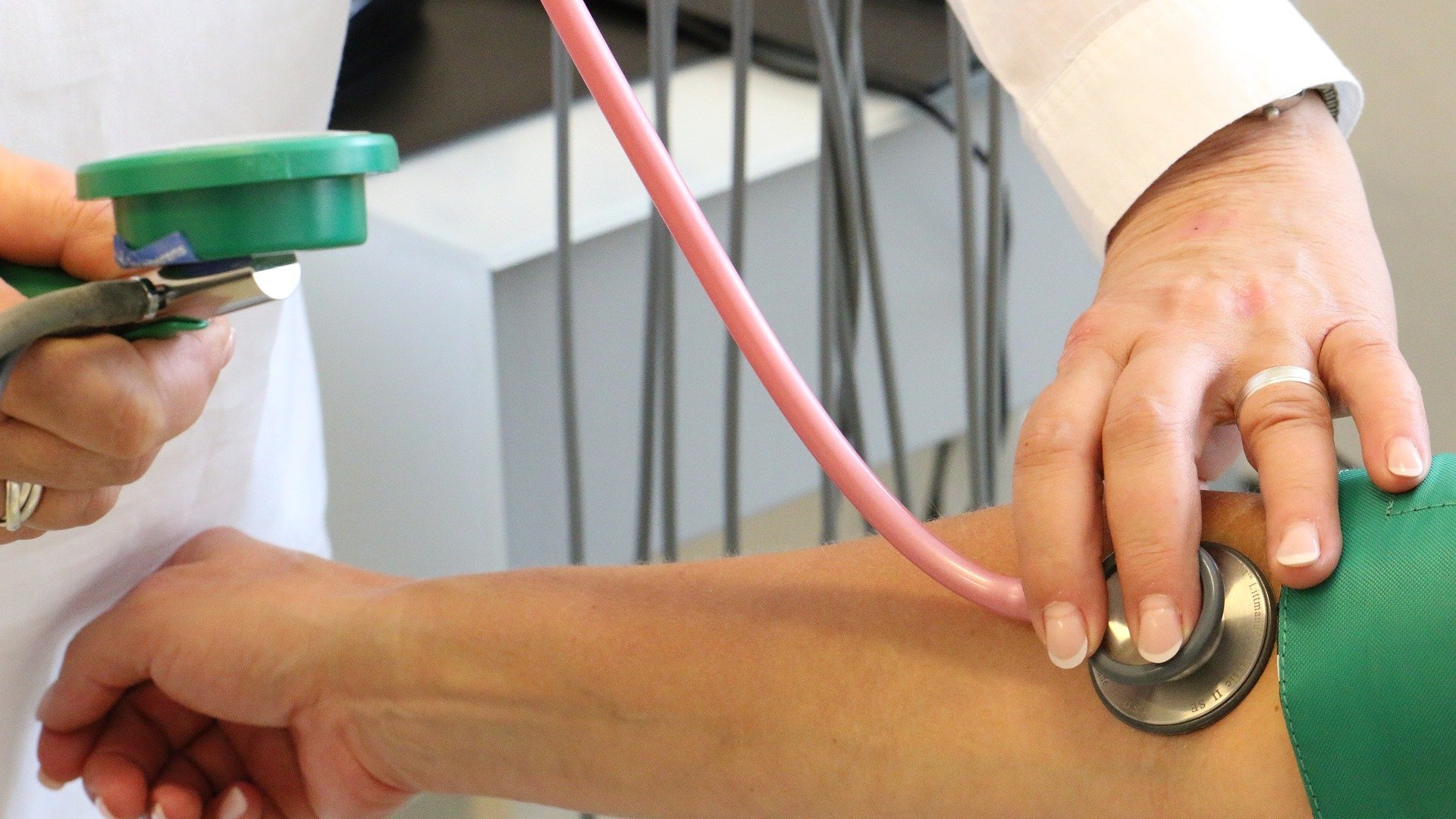
Blood pressure generally should be checked in both arms to determine if there's a difference and with an appropriate-sized arm cuff. (Image: Pixabay)
In today’s sedentary work and lifestyle, “high blood pressure” is commonly heard in households to define one’s health. While high blood pressure or what is clinically called ‘hypertension’ has a range of allopathic treatments, a long-prized kitchen ingredient has been found to be useful to help lower blood pressure and shield from cardiovascular disease. It’s garlic!
As a heart-healthy herb, garlic and its supplements have shown effectiveness in reducing blood pressure in hypertensive patients, as well as to first-line standard anti-hypertensive medications.
Recently, Delhi-based clinical dietician Lovneet Batra reaffirmed the benefits of including garlic in food. On social media, Batra, who frequently takes to Instagram and Twitter to share evidence-based advice about diet and ailments, wrote, “Use Garlic to reduce high blood pressure. Garlic can help reduce hypertension by increasing the amount of nitric oxide in the body. Nitric oxide helps promote vasodilation or the widening arteries to reduce blood pressure.”
The National Library of Medicine in the US has also reviewed the promising components of garlic in one of its articles titled as “Garlic lowers blood pressure in hypertensive subjects, improves arterial stiffness and gut microbiota: A review and meta-analysis”.
“Kyolic garlic has also shown promise in improving cardiovascular health by reducing arterial stiffness, elevated cholesterol levels and blood ‘stickiness’. In addition, the prebiotic properties in garlic increase gut microbial richness and diversity,” it wrote in its paper.
The major active components of garlic are allicin and diallyl disulfide and s-allyl cysteine. However, allicin is an unstable compound and is only briefly present in fresh garlic after it’s been cut or crushed.
The sulfur compounds from garlic enter your body from the digestive tract. They then travel all over your body, exerting strong biological effects.
What is high blood pressure
While Blood pressure is the measure of the force of blood pushing against blood vessel walls, in a hypertensive patient, the heart muscles are overworked as the organ works harder to pump blood out to the body.
High Blood Pressure is basically a stealth condition that eventually contributes to hardening of the arteries, or atherosclerosis, to stroke, kidney disease, and to heart failure.
Blood pressure is determined both by the amount of blood your heart pumps and the amount of resistance to blood flow in your arteries. The more blood your heart pumps and the narrower your arteries, the higher your blood pressure. A blood pressure reading is given in millimeters of mercury (mm Hg). It has two numbers.
Blood pressure generally should be checked in both arms to determine if there’s a difference and with an appropriate-sized arm cuff.
It contributes to thousands of heart attacks. It overworks heart muscle, leading to heart failure. It also erodes sight, interferes with memory, puts a damper on sexual activity, and steals years of life.
When should one consult a doctor
One should rush to a doctor once the systolic (top number) zooms past 180 and the diastolic is above bottom number.
Normal: Less than 120 over 80 (120/80)
Elevated: 120-129/less than 80
Stage 1 high blood pressure: 130-139/80-89
Stage 2 high blood pressure: 140 and above/90 and above
Hypertension crisis: higher than 180/higher than 120 — See a doctor right away
For more stories that cover the ongoings of Delhi NCR, follow us on:
Instagram: instagram.com/thepatriot_in/
Twitter: twitter.com/Patriot_Delhi
Facebook: facebook.com/Thepatriotnewsindia
During a search of their vehicle, police found 1.068 kg of charas, 98 grams of…
The alleged assault is linked to a dispute over some staff members allegedly cutting the…
This will play a decisive role in providing villagers with legal proof of ownership and…
Hired to take care of his employer's dather, he had only begun working in the…
On Friday, Delhi's AQI stood at 374, with 11 of the 40 monitoring stations in…
Sharma said accident relief trains, along with top officials from the divisional headquarters, have already…